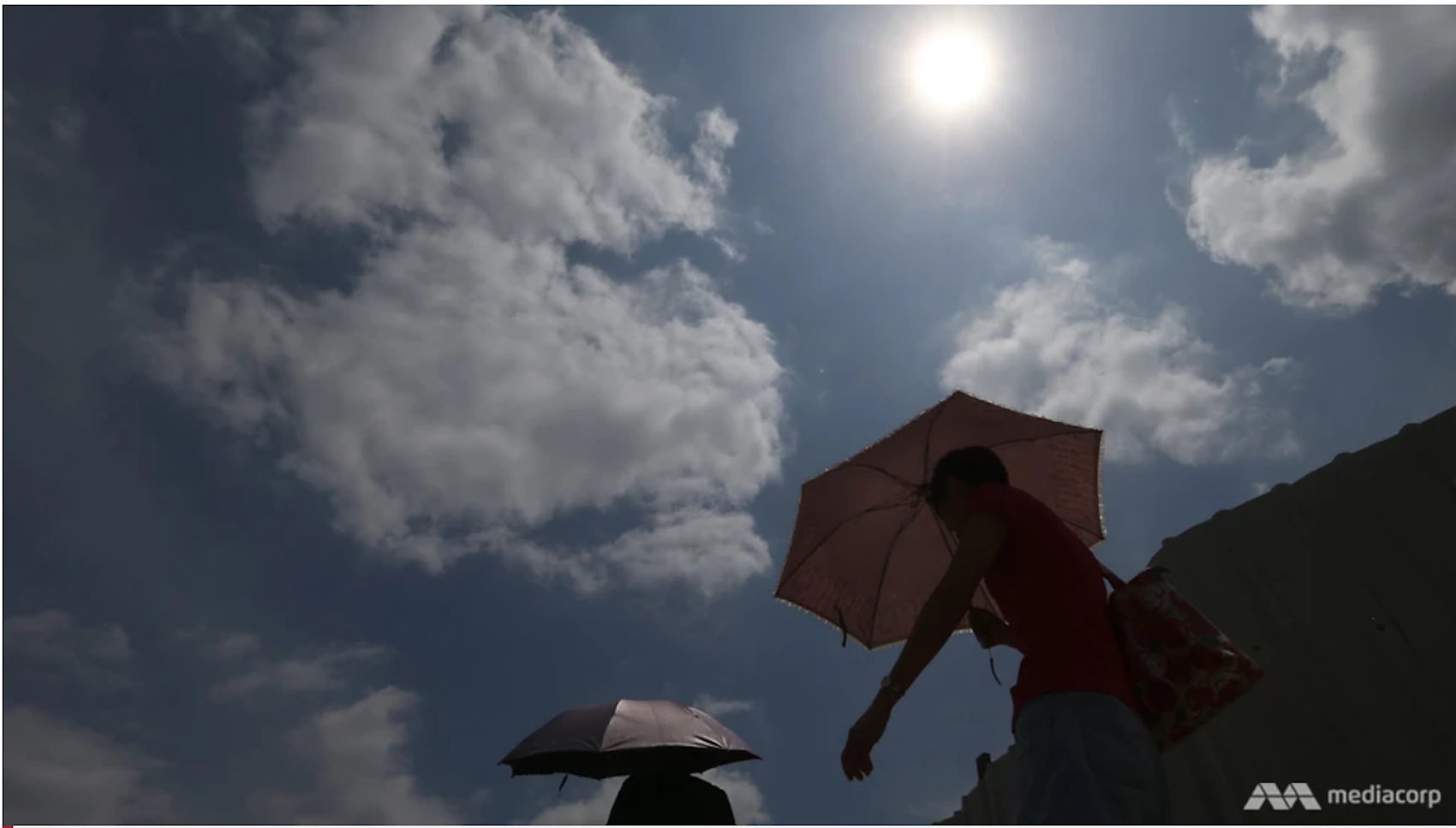A model city for cooling
How do we adapt and mitigate warmer temperatures from global warming and urbanisation in Singapore? Prof. Gerhard Schmitt and Prof. Winston Chow share ideas from Cooling Singapore.

Singapore is subject to warmer temperatures from climate change but it is also warming at twice the global average rate. The increased warming from greenhouse gases is compounded by our high urban density—of buildings, roads and people—within our 720 sq km of land area.
In Singapore, the tropical combination of high temperature, high humidity and low wind speeds have always posed a challenge for urban living. While air-conditioners have sheltered many of us in the tropics from the harsh realities of heat and humidity, this does not bode well for a sustainable future. Moreoever, once outdoors, we are immediately hit by the reality of the sweltering heat.
In a commentary external page Singapore could be a model for cooler cities in a world heating up published on Channel NewsAsia, Prof. Gerhard Schmitt and external page Prof. Winston Chow, principal investigators of external page Cooling Singapore discuss how we can adapt and mitigate with science, technology and a common understanding of how cities can be cooler.
Researchers from the Singapore-ETH Centre (SEC), SMU and NUS in the inter-institutional Cooling Singapore research project initiated by the SEC, have identified the manifold reasons for high urban temperatures, in collaboration with local agencies.
The next step is to define precise adaptation and mitigation measures for better outdoor thermal comfort and a cooler Singapore. Prof. Schmitt and Prof. Chow describe how the digital urban climate twin (DUCT), which is being developed in the second phase of the Cooling Singapore project, can simulate scenarios of entire cities and support planners in creating cooler and more resilient urban scenarios.
They envision that with enhanced capabilities in urban climate simulation, adaptation and mitigation, Singapore could play a leading role in the movement towards more sustainable and climate-sensitive urban design in the region and beyond.